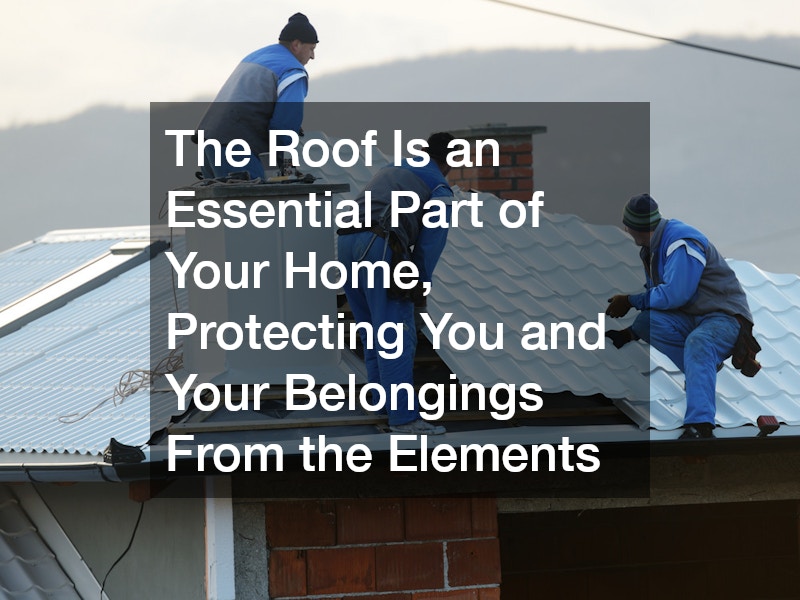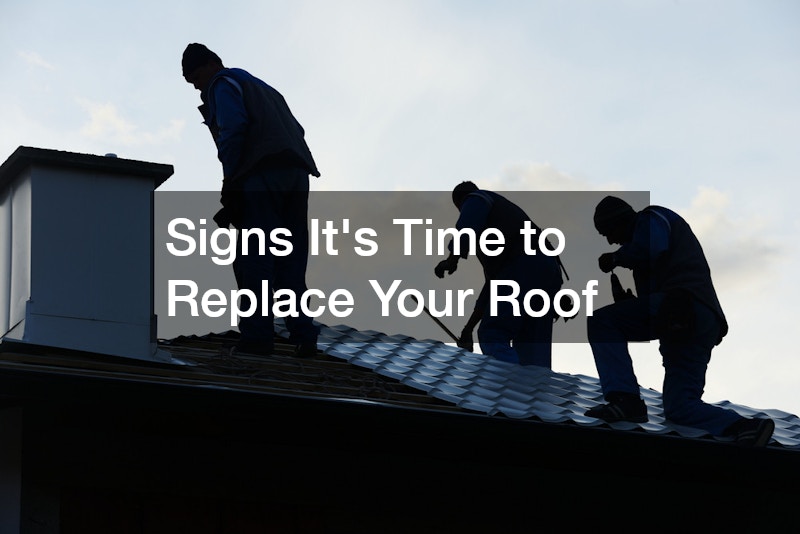The roof is an essential part of your home, protecting you and your belongings from the elements. Over time, even the most durable roofs can show signs of wear and tear, necessitating a replacement. This article will guide you through key indicators that it’s time to replace your roof, helping you make informed decisions and ensure the safety and longevity of your home.
1.What Are the Common Signs That My Roof Needs Replacement For?
One of the first signs that your roof may need roof replacement is the age of the roof itself. Most asphalt shingle roofs have a lifespan of 20 to 25 years, and if your roof is approaching this age range, it might be time to consider a replacement, especially if it was installed over a previous layer of shingles.
Age makes roofing materials less effective and more prone to damage.
Another clear indicator is visible damage, such as missing or cracked shingles. Shingles play a critical role in providing a watertight barrier between your home and the elements. Over time, exposure to wind, rain, and sun can cause the shingles to degrade. Regularly inspecting your roof for any signs of buckling, curling, or blistering can help you spot issues early. Rot or moss growth may also indicate moisture retention, which can severely damage your roof’s structural integrity.
Inside your home, signs of roof failure can be equally telling. Watermarks or stains on the ceiling, particularly following heavy rain, often indicate a leaky roof. In some cases, you might notice increased energy bills due to heat loss via a poorly insulated roof structure. When these problems are widespread, it’s usually more cost-effective to replace the roof rather than attempting isolated repairs.
2. How Does Weather Impact the Lifespan of My Roof?
The impact of weather on your roof cannot be overstated. Severe weather conditions such as hurricanes, hailstorms, and heavy snowfall can significantly shorten the lifespan of a roof. For instance, hail can cause dents or fractures in roof shingles, impairing their protective capabilities. Similarly, heavy snowfall can add weight, stressing the roof structure and potentially leading to collapse.
Regular exposure to the sun’s ultraviolet rays is another weather-related factor that can degrade roofing materials. UV rays can cause shingles to become brittle and crack over time, leading to compromised effectiveness in protecting the roof from water infiltration. Additionally, roofs in areas with high temperatures might experience thermal shock, where rapid temperature changes cause expansion and contraction of roofing materials, leading to failure points.
It is also important to consider the impact of regional climate, which dictates the type of materials best suited for your roof. For instance, in areas prone to high humidity and frequent rain, algae-resistant shingles are advisable as they are designed to prevent moss and algae growth. In all cases, regular maintenance and timely repairs can mitigate some of the adverse effects of weather, prolonging the roof’s lifespan.
3. Can I Repair My Roof, or Is Roof Replacement Necessary?
Deciding between repairing and replacing your roof depends on the extent and nature of the damage. Minor issues, such as a few damaged shingles, can typically be repaired without much hassle. In cases where the damage is isolated and the underlying roof structure is sound, repairs can be a practical and cost-effective solution.
However, if your roof has widespread damage or multiple layers of roofing materials, replacement is generally the better option. For example, sagging roofs often indicate serious structural damage, which cannot be addressed by simple repairs. The presence of multiple leaks or extensive mold damage also suggests that a more comprehensive solution is needed.
When determining the best course of action, consulting with a qualified roofing professional is crucial. They can provide a thorough assessment of your roof’s condition and help determine if repairs are sufficient or if a complete replacement is necessary. In some cases, opting for replacement might offer long-term savings and peace of mind, as new roofing materials often come with warranties and improved technology for better protection against the elements.
Recognizing the signs that your roof needs replacement is crucial for maintaining the integrity of your home. Whether it’s visible damage, weather-related impacts, or assessing the extent of necessary repairs, understanding these indicators can help you take timely action. Consider consulting with a roofing professional to evaluate your roof’s condition and decide on the best course of action, ensuring your home remains a safe haven for years to come.

